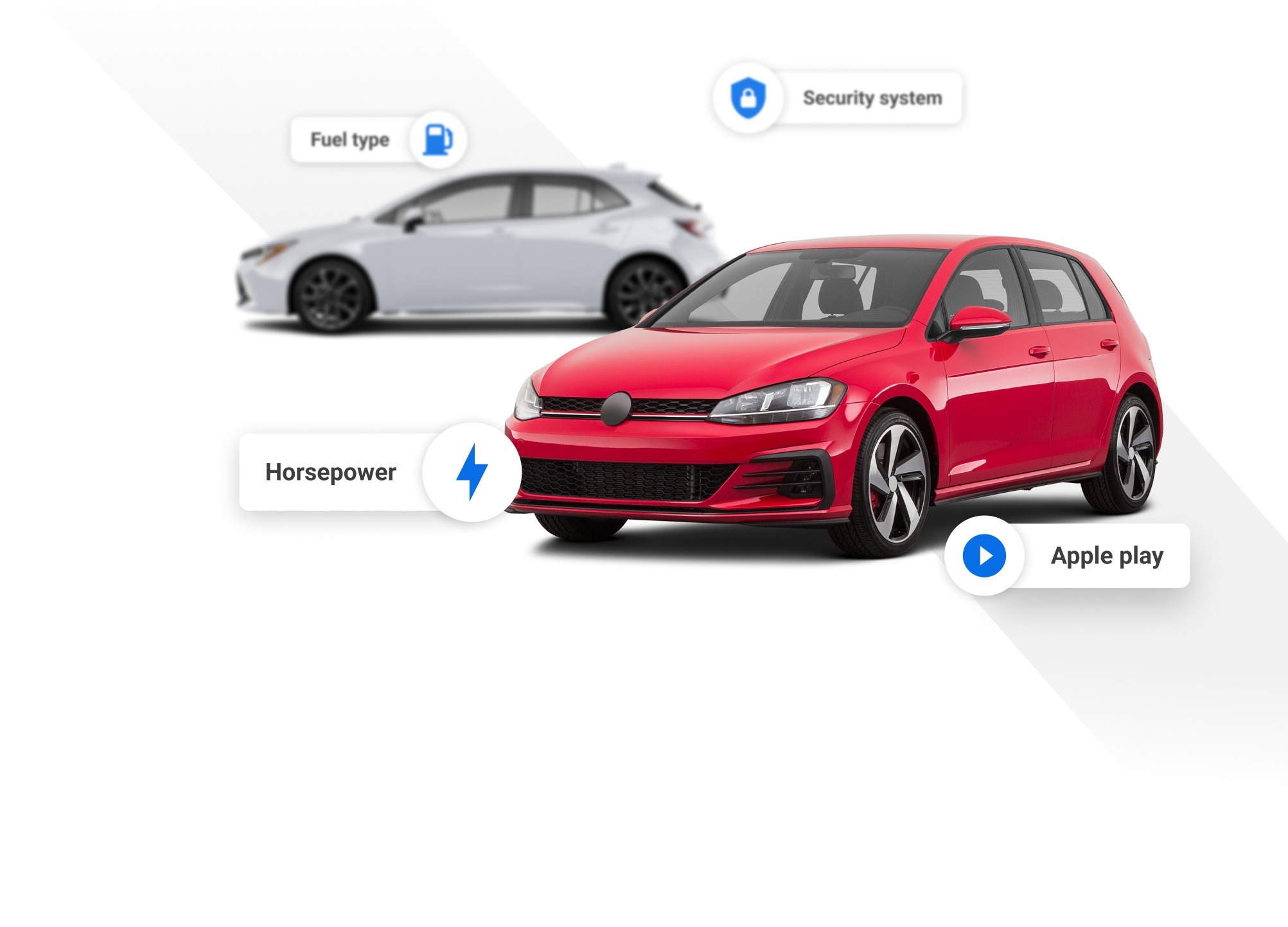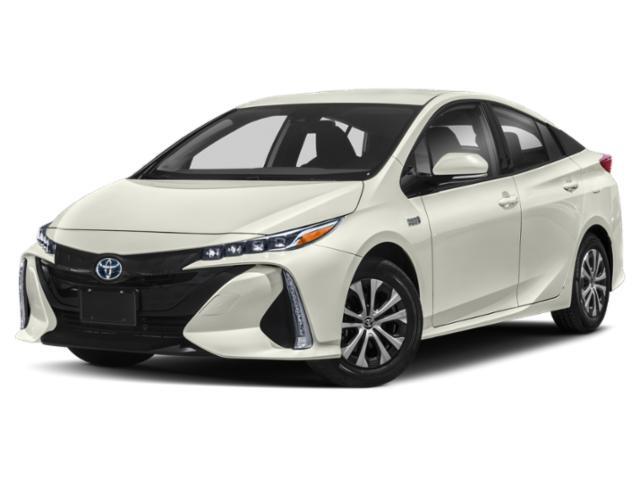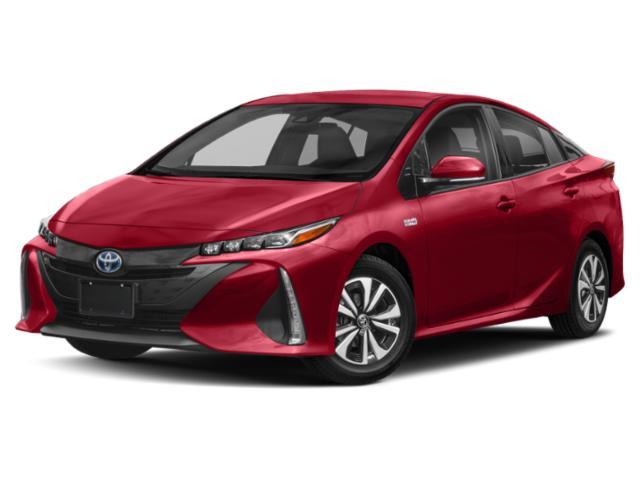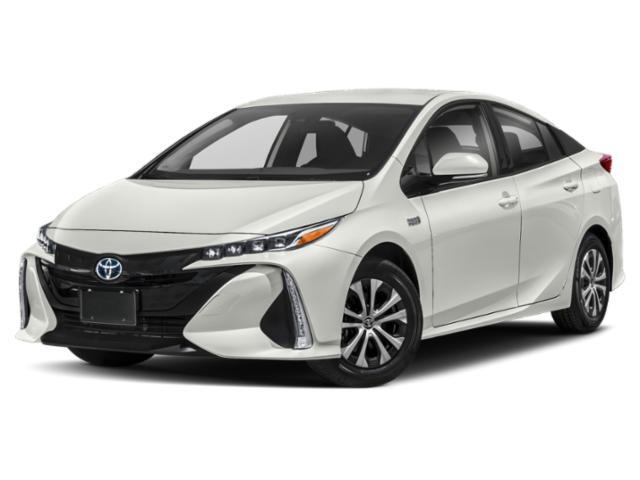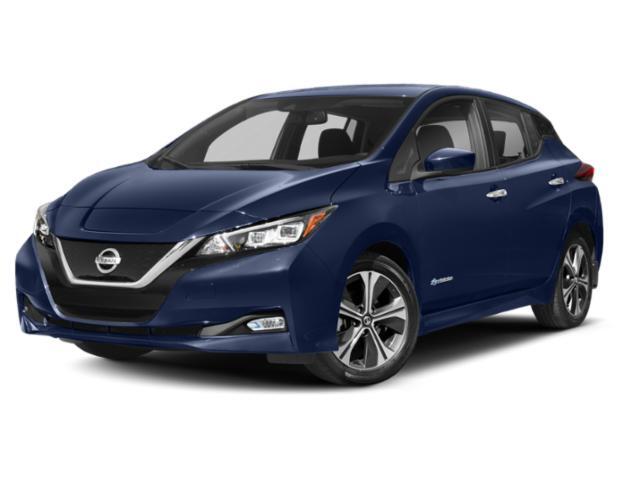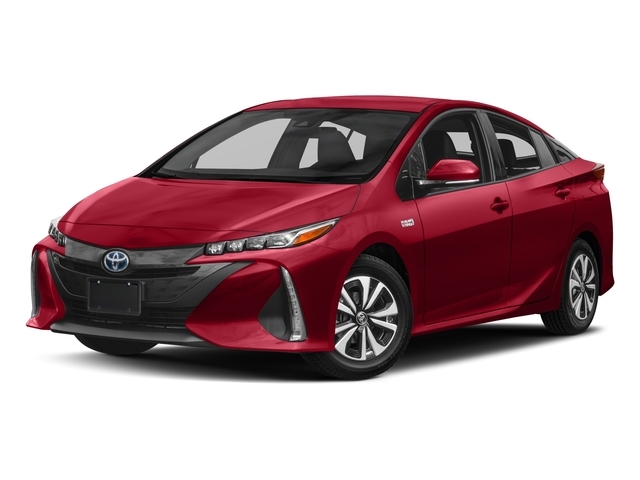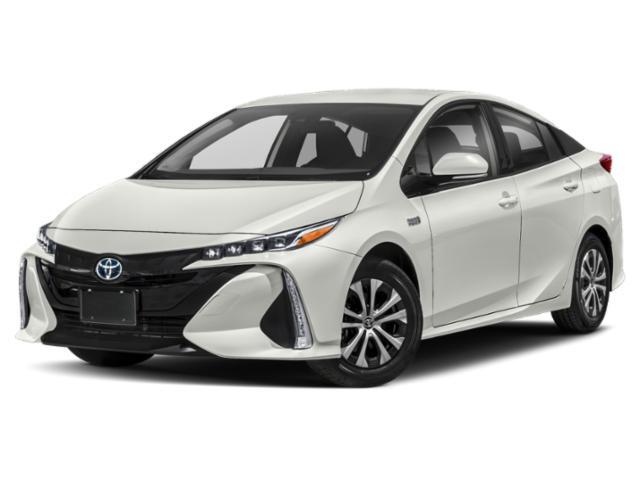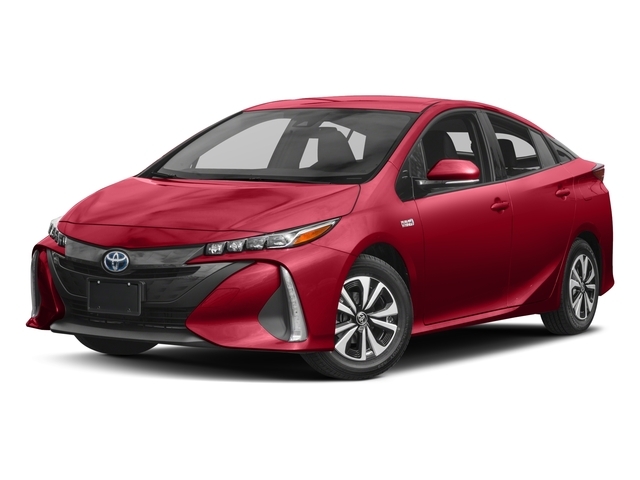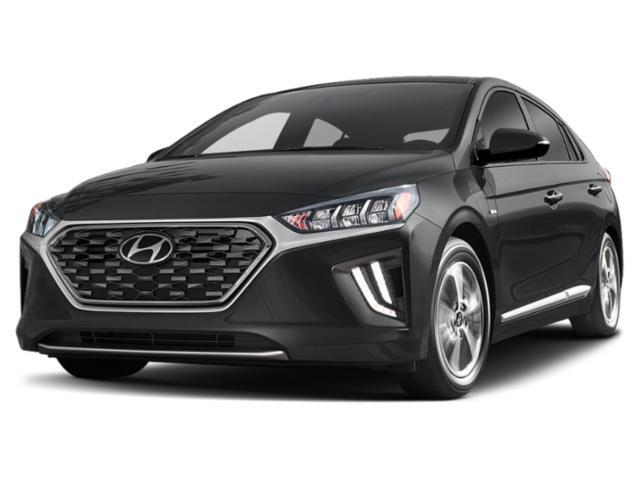
2020 Hyundai IONIQ Electric Plus

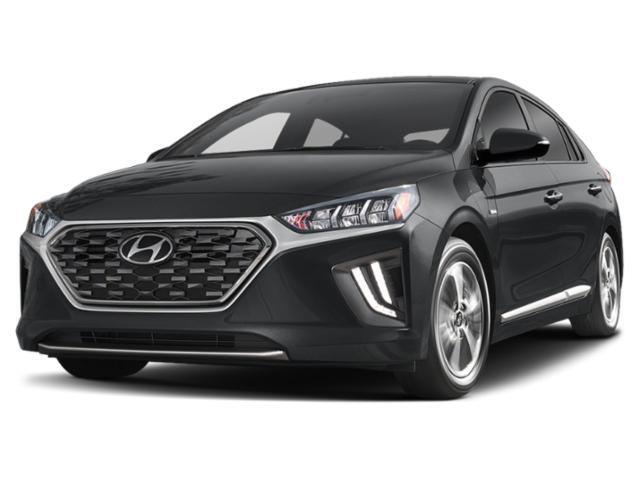
Key Specifications for 2020 Hyundai IONIQ Electric Plus






Buyer’s Guide
History/Overview
Hyundai introduced the Ioniq in 2017 as its first dedicated electric vehicle. It comes in three distinct variants: gas-electric hybrid and fully electric models (covered in separate buyer's guide entries), and the plug-in hybrid electric vehicle (PHEV) Ioniq Electric Plus that you're reading about here.
What's New / Key Changes from Last Year
This year brings a substantial mid-life update for the Ioniq. Styling has been refreshed, and there are new features, including optional wireless smartphone charging, a driver attention alert, and stop-and-go for the radar cruise control feature. New standard steering wheel paddles control the car's regenerative braking function, and there's a new gauge cluster, dash and console trim, and a standard 10.25-inch touchscreen.
Available Trims
Hyundai offers the Ioniq Electric Plus in Preferred and Ultimate trim levels, both of which are powered by a 1.6L four-cylinder engine matched with an electric motor and a six-speed dual-clutch transmission.
Standard Features
All Ioniq Electric Plus models wear 16-inch alloy wheels, auto on/off headlights with LED daytime running lights, passive keyless entry, and heated side mirrors.
Inside, Preferred trim is fitted with heated front seats with cloth upholstery and manual adjustments, leather-trimmed steering wheel (heated) and shifter, power windows and door locks, an electric parking brake, dual-zone automatic climate control, and an 8-speaker stereo controlled through a 10.25-inch touchscreen with navigation and Android Auto and Apple CarPlay smartphone integration.
Standard safety features include forward collision/pedestrian/cyclist detection with automatic emergency braking, lane keeping/following assist, highway driving assist, driver attention warning, tire pressure monitoring, and radar cruise control with stop-and-go.
Ultimate trim adds LED headlights and taillights, power-folding side mirrors with puddle lights, chrome interior and exterior trim, leather seats, an eight-way power driver's seat with memory, heated rear seats, faux-leather dash and door trim, aluminum door scuff plates, a sunroof, auto-dimming rearview mirror, wireless smartphone charging, rear parking sensors, blind spot warning with rear cross traffic alert, and LED interior lighting with ambient lighting.
Fuel Economy
Hyundai's fuel and energy consumption estimates for the Ioniq Electic Plus are 4.4/4.6 L/100 km (city/highway) when running as a gas-electric hybrid, and 2.0 Le/100 km in full electric mode.
Competition
The Ioniq Electric Plus's key competition comes from within: Hyundai Motor Group's Kia brand makes the Niro PHEV, a compact wagon with a plug-in hybrid drivetrain, and Hyundai and Kia offer PHEV versions of their Sonata and Optima family sedans. Other PHEV competitors include the Honda Clarity, and Ford's Fusion Energi. At a higher price point you'll find the Mini Countryman S E, a plug-in version of that subcompact crossover.
Review & Compare:
Photos

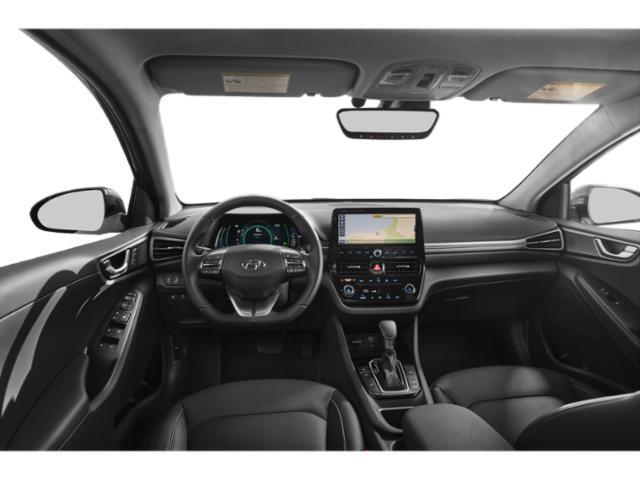


AutoTrader Review


This vehicle has not yet been reviewed



